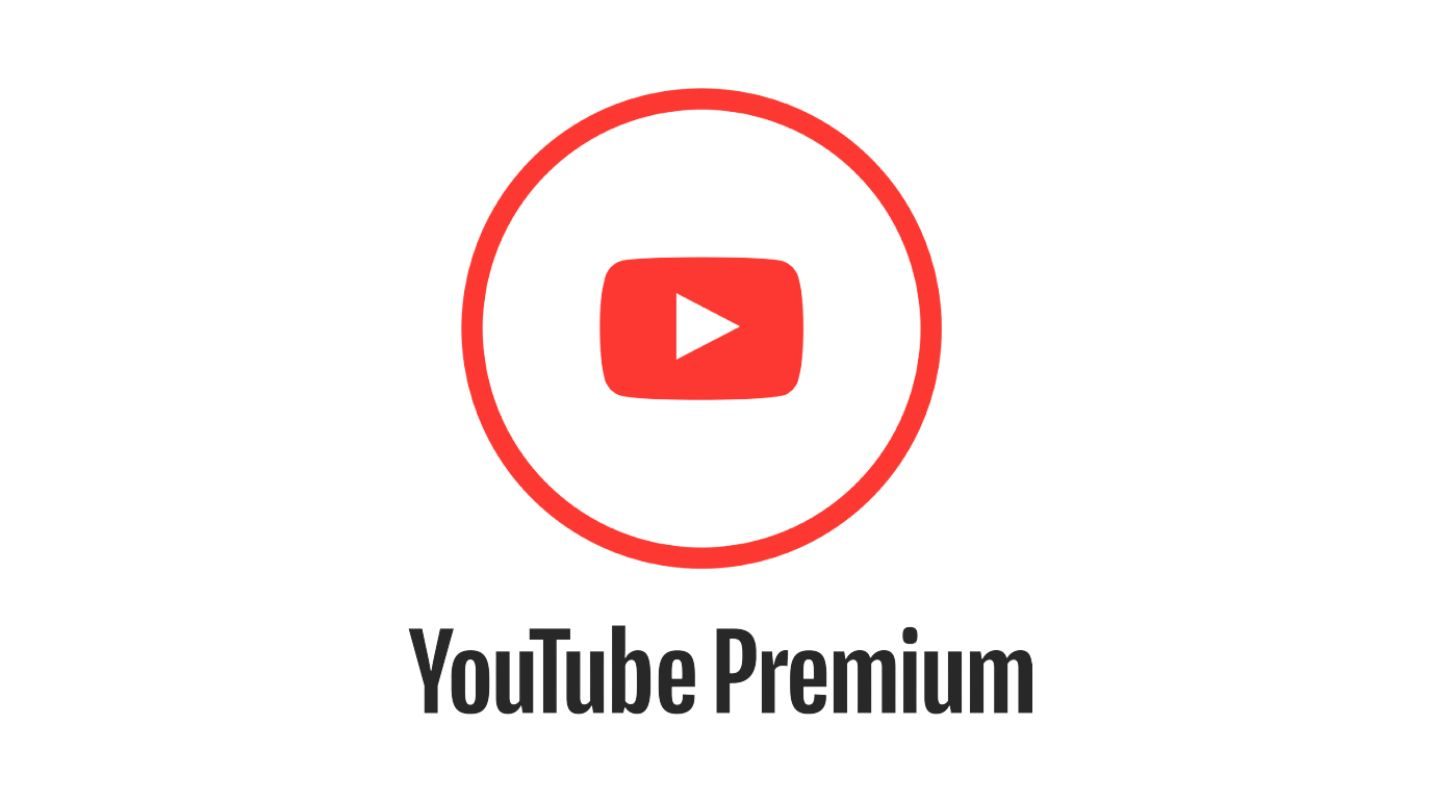YouTube has surpassed 80 million Music and Premium subscribers. This means that, in the past year alone, YouTube has added 30 million paid subscribers.
Earlier this year, the company announced a $6B revenue contribution to the music industry, with 30% coming from user-generated content. The company claims that it remains committed to becoming the #1 contributor of revenue to the music industry.
How did YouTube reach the 80 million landmark?
YouTube claims that it has added an additional 30 million members this year by pursuing three different approaches:
- Levelling up YouTube Premium: Since it first launched, YouTube has continually enhanced YouTube Premium even further. The company has recently added features like afterparties, which grant exclusive access to livestream content and access to discounts on the latest hardware and services from Google.
- Putting a focus on fans: YouTube says it has placed a greater emphasis on what fans want. Now, YouTube prompts users to download videos or enter long listening sessions on the YouTube Music app, which is home to more than 100 million official songs. It also now provides an expansive catalogue of live performances, remixes and diamond in the rough deep-cuts. This means fans can enjoy every music format: long-form music videos, short-form videos, livestreams, podcasts and more.
- Creating meaningful partnerships: Since the launch of YouTube Music and YouTube Premium, YouTube has built a series of global partnerships with companies like Samsung, carriers like SoftBank (Japan), Vodafone (Europe), and LG U+ (Korea), and Google services such as Google One.
The next phase of growth: Google gives advertisers new ways to stop YouTube ad repetition
In addition to improving the Premium experience, YouTube is also helping advertisers deliver a better advertising experience for non-paying viewers.
The company currently uses a frequency management solution on Display and Video 360. This allows marketers to manage the number of times people see their ads across YouTube and third-party networks.
Now, advertisers can also select the frequency target and YouTube systems will optimize towards maximum unique reach at the frequency goal. Thanks to built-in capping, campaigns deliver within a tight distribution range so viewers don’t see the ads too many times.
YouTube’s 2022 growth – the view from Spike
Whereas large companies like Meta have faltered this year and other social media giants such as Twitter have struggled to convert non-paying customers to subscribers, YouTube has faced no such problem and has converted more than 30 million people to its Premium service. This shows us that, when tangible benefits are provided, customers are still willing to pay for access to top-tier content.
It’s also interesting to see that YouTube is continuing to improve the experience for non-paying customers. Plus, their frequency management solution should also help advertisers reach their frequency goals and ensure that their brand stays at the front of the customer’s mind.
Author spike.digital
